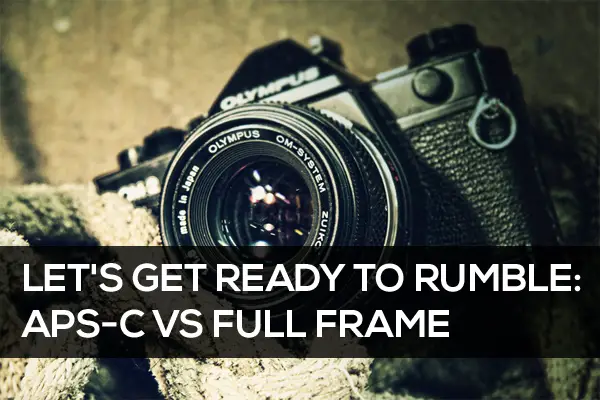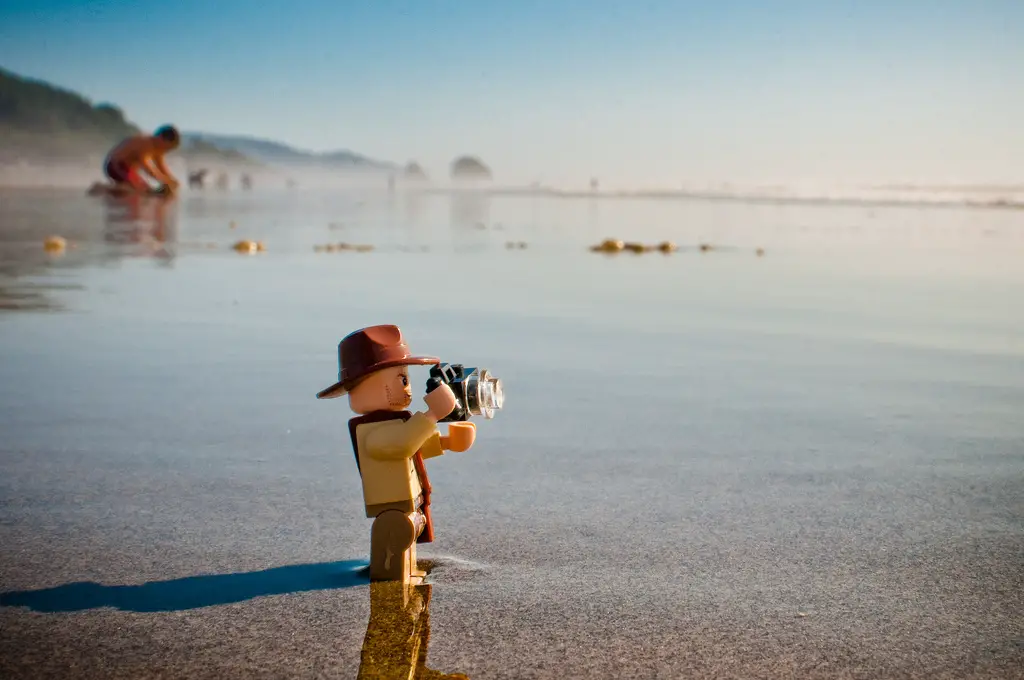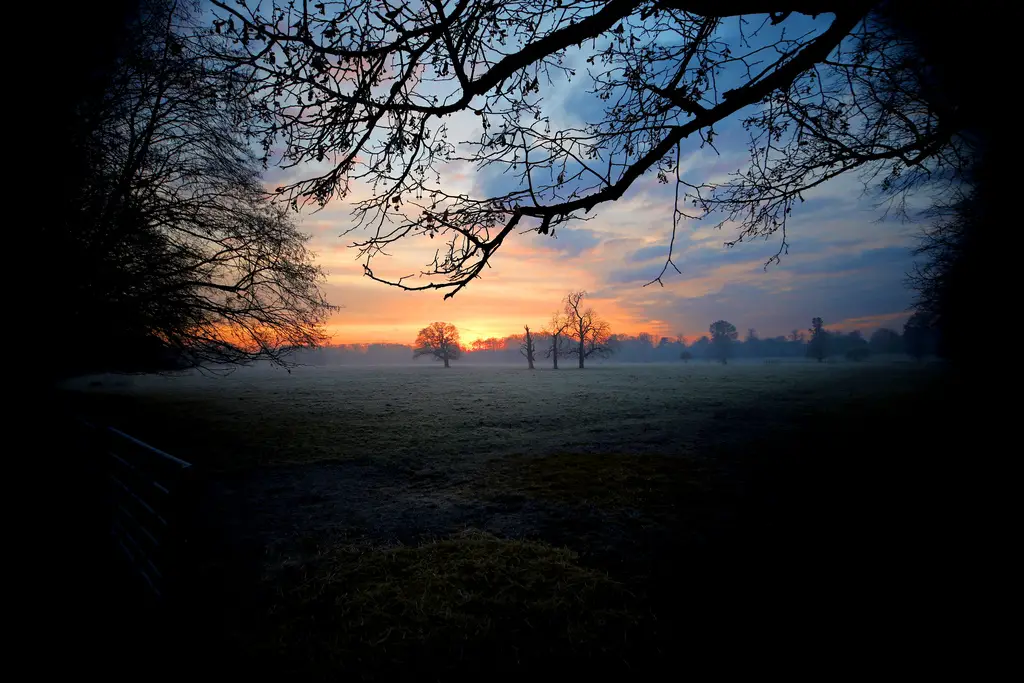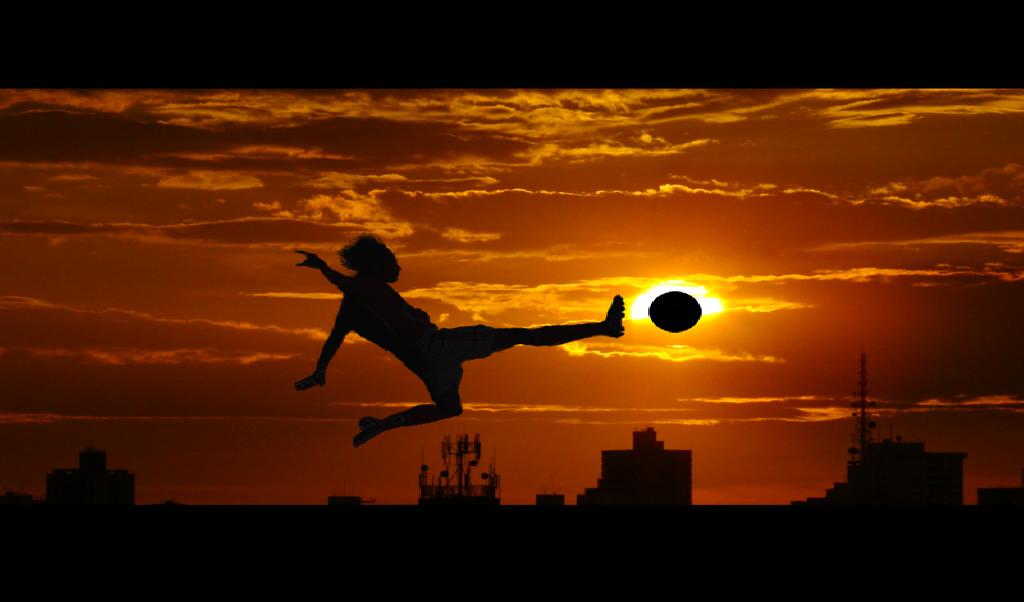A full-frame DSLR is perhaps the most desired bit of kit any photographer could ever dream of having. This is the 5D Mark III or the D700, each an awesome camera that pretty much deliver the goods every time.

- But is the full frame better than the crop?
- Do you need it?
- As they’re so much more expensive than the APS-C siblings, are they even worth the money?
Learn From My Mistake!
When I first moved over from stock photography to digital, I was somewhat annoyed. Firstly, after having saved for four months and selling my full frame Canon EOS film SLR, I bought what I thought, and which was never made clear, the direct transferable model. I accept that I was 50% to blame for picking the wrong camera, but there was also no indication from the sales staff or from the packaging that the camera I’d brought featured a cropped sensor and not the usual 35mm full frame that I had grown up with.

It took me three, long years of foolishly spending my money on the various CMOS sensor lenses and other kit until, at the time of upgrading to the 5D, I found out I couldn’t use more than half of my lenses. I was gutted.
Don’t Listen to Sales Staff…Ever
A quote that bounces around the world’s many camera shops is that, by switching to a full-frame DSLR, your pictures will automatically be better. But this is only partly true…a full-frame sensor camera just takes different–not necessarily better–shots than the more standard APS-C-sized sensor.
What Is Full Frame?
So what exactly do we mean by “full-frame?” A full-frame DSLR from Nikon, Canon or Sony has a sensor that’s the same size as a frame of traditional 35mm film, measuring 36x24mm. The more popular APS-C sensor cameras have much smaller 22x15mm sensors. This means that a full-frame sensor has over 2.5 times the surface area of an APS-C sensor.

Of course, the difference in size can have advantages. However, there are a few drawbacks that certainly need addressing before making the expensive upgrade.
Camera Selection
To upgrade to a full-frame DSLR, prepare to pay a premium. For instance, the street price for a Canon 5D Mark II body is around $2,300, while Canon’s flagship EOS-1Ds Mark III body is $6,350! It’s always better to upgrade to the camera brand that you currently use for obvious reasons such as lenses, etc.
Image Quality
The full-frame cameras always come with far larger sensors, with the 1Ds Mark III sporting an impressive 21.1 megapixels. Images will looking sharper, crisper and will be able to be blown up rather largely without losing any quality.

Larger Light Sensors
These capture far more light, meaning less noise and better color definition and contrast.
Crop-factor Effect
The size of the sensor also changes the amount of the scene captured by the camera. Although APS-C and full-frame cameras can share many of the same lenses, the visual effect they provide is different.
In professional photography, this is called the crop factor, and it’s often overlooked by pros using the smaller sensors. With full-frame DSLRs, the crop factor is 1x–so it can effectively be forgotten. A 24mm lens gives the same angle of view as a 24mm lens before the age of digital cameras.
An APS-C sensor sees a smaller angle of view, with a crop factor of 1.6x. This means the same 24mm lens actually captures the angle of view of a traditional 38mm focal-length setting (24×1.6=38). So if you want to capture sweeping, wide-angle vistas, a full-frame camera allows you to take in more of the scene in front of you than an APS-C model with the same lens.
The best thing about the APS-C camera is that it has a distinct advantage over the fully framed when shooting at distances. A 200mm lens actually gives a 320mm reading, which makes the CMOS cameras great for sporting events, as they enable the photographer to get far closer to the action!

The flip side is that the crop factor effect of APS-C cameras becomes an advantage when shooting distant subjects.
Fewer Lens Choice
APS-C users actually, and rather surprisingly, get a far bulkier range of lenses. The reason for this is partly due to their popularity and secondly because the standard APS-C lens that offers 18mm focal is the same as a lens for full-frame that offers 28mm. A super wide at 10mm APS-C is 16mm on full frame. As these can’t be used on full frames, the APS-C photographers get a wider range.
Full-frame cameras used to offer a real advantage when shooting landscapes or indoors in tight spaces. However, lens makers have combated this by developing zoom lenses with shorter focal lengths exclusively for use on APS-C-sensor cameras. So, if you happen to have an APS-C camera, don’t worry. They’re actually better cameras in terms of focal lengths and lens choices; also, they won’t cost you an arm and a leg if you’re just getting into photography.
Top Tip: The best thing you can do is buy lenses that will work with both sensors. That way, when the time does eventually come to upgrade, you won’t lose a ton of cash like I, rather stupidly, did.
But which do you think is better? Maybe you have a camera and swear by it? Share your thoughts below, and let’s end this debate once and for all!!!
Click this link to learn if full frame cameras are better in low light.









This statement “Such an image with the depth of field and sharpness couldn’t be captured with an APS-C sensor.” under your bird picture is pure rubbish. As is this statement “The full-frame cameras always come with far larger sensors, ……. Images will looking sharper, crisper and will be able to be blown up rather largely without losing any quality.” The size of the sensor has little to do with sharpness. The number of MP determines maximum print size not sensor size.
“The best thing about the APS-C camera is that it has a distinct advantage over the fully framed when shooting at distances. A 200mm lens actually gives a 320mm reading, which makes the CMOS cameras great for sporting events, as they enable the photographer to get far closer to the action!”
Say this is like I say, take a Windows, paint the border and thing will be bigger in the new frame!
Stupid myth!